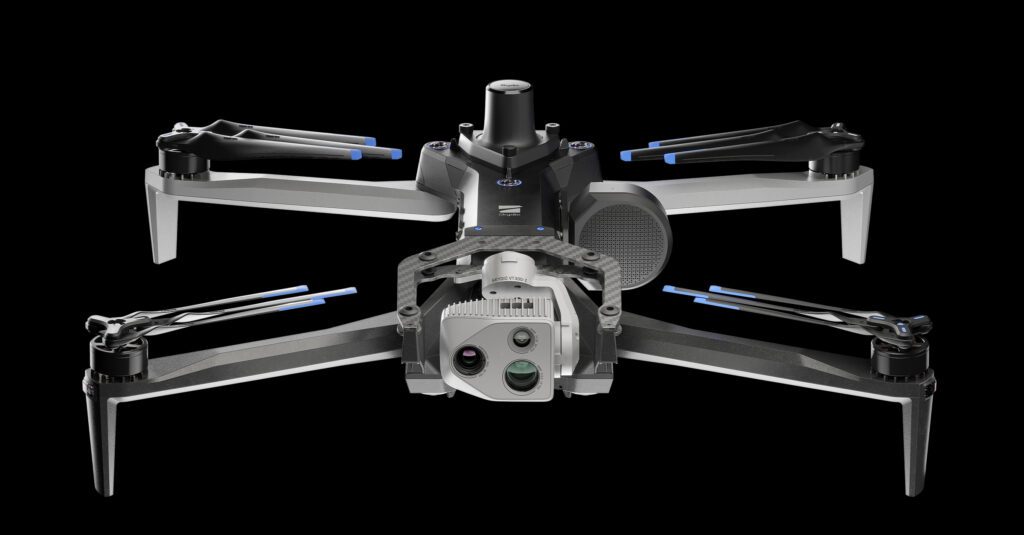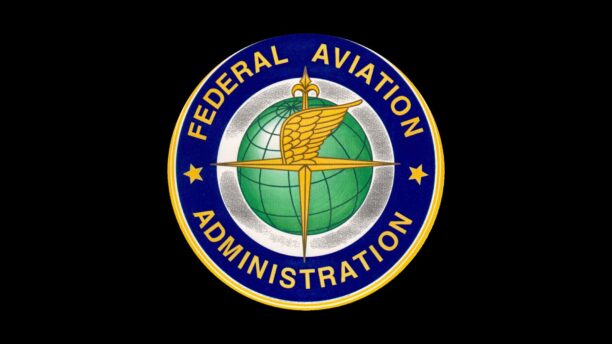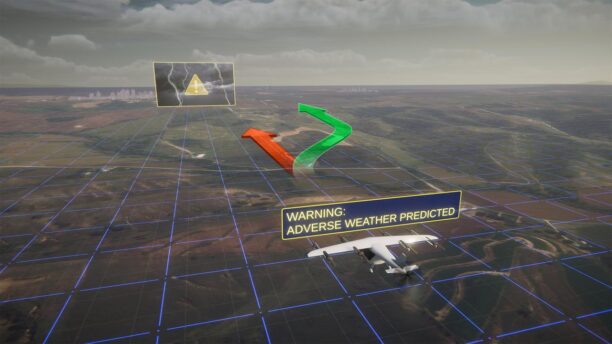
Enterprise version of Skydio X10
The following article is based upon research by SkySafe. This article is intended only as general information, as Remote ID technology is a critical building block of larger unmanned traffic management systems (UTM).
Find more information on the FAA’s Remote ID policy here; and see the official list of Remote ID compliant aircraft here, where pilots can look up aircraft by make and model number. The FAA is the authority on Remote ID compliance, aircraft listed on the FAA website may operate under the Remote ID regulation.
Five out of seven drone manufacturers studied do not meet published Remote ID standards: SkySafe
By DRONELIFE Features Editor Jim Magill
As the FAA’s deadline for drones in the U.S. to be equipped with Remote ID draws near, a study by SkySafe, a drone tracking and intelligence company, found that five out of seven drone manufacturers tested failed to have developed their technology in accordance with the published standards, regardless of Declarations of Compliance.
In a report issued March 14, SkySafe found that U.S.-based drone manufacturer Skydio scored the highest on a five-point readiness scale of being “fully ready” for remote ID compliance. Industry-leading drone company DJI, the only other manufacturer judged to be largely in compliance with the new regulations, scored four points and was designated as only having “minor issues.”
French-owned Parrot scored two points and was assessed as “needs improvement,” while Chinese manufacturer Autel received one point and was judged to have “major flaws,” according to SkySafe.
Drone manufacturers SwellPro, EXO and Yuneec were each assessed as “not compliant,” according to the study, and were given no points in the grading. The results of SkySafe’s research can be found here.
Grant Jordan, CEO of SkySafe, said the company undertook the study to inform the FAA and the general public about the general state of readiness among drone manufacturers for the implementation of Remote ID. While the Remote ID requirement is already in place, the FAA’s period of discretionary enforcement will end Saturday, March 16, 2024.
“Part of our job is: we have to be able to understand all of these different signals, which drones are putting out what type of Remote ID signal,” he said in an interview. “I think one of the things that we saw early on was that some of these drones were either not putting out the signal they claimed to, or had implemented it wrong, or it had wrong information in it.”
Although SkySafe did not work directly with the manufacturers in compiling its study, Jordan said the company would be happy to work with the drone producers to help them understand and improve their compliance with Remote ID standards.
Often compared to a digital license plate, Remote ID software provides a means for public safety officials and authorized officials to identify the owner of a small UAS flying in an unsafe manner or in a restricted area. The FAA’s had initially set a deadline of last September for drones over 250 grams to broadcast identifying and positional information while in flight.
However, FAA granted a period of discretionary enforcement of the regulation until March 16, to give manufacturers and operators more time to get in compliance. Drone operators found not to be in compliance by the new deadline could face fines and suspension or revocation of pilot certificates.
In conducting its study, SkySafe focused on a deep analysis of the various services and components responsible for implementing Remote ID within each platform. The research team performed several data collection tests within a controlled environment to ensure that the data format matched what was expected based on SkySafe’s research, and then compared this data to Remote ID broadcasts received across SkySafe One, the company’s national drone tracking sensor network.
According to the study, “Significant inconsistencies in implementing the FAA-required specifications outlined in ASTM F3411 – 22a, Standard Specification for Remote ID and Tracking, raise concerns and questions about accountability among many manufacturers SkySafe tested.”
The data analysis and tracking company found that among the manufacturers tested, only Skydio had properly implemented standard Remote ID technology in all its current fleet models.” Skydio’s “fully ready” grade reflects its “accurate and robust implementation, which includes the use of compliant serial numbers and prohibiting its users from disabling Remote ID broadcasts in its mobile app,” the study found.
The study reported that DJI had implemented WIFI Beacon-based Remote ID broadcasts in its standard Remote ID drones. “The implementation is relatively robust except for inconsistent use of home vs. app location and inconsistent use of altitude standards (HAE vs. MSL). These inconsistencies vary based on firmware versions, leading to varied and unpredictable drone reporting.”
Five of the companies studied – Parrot, Autel, SwellPro, EXO and Yuneec — were found not to have implemented Remote ID capabilities in accordance with the published standards. Parrot had based its Remote ID implementation on a legacy French DRI standard, “so older drones broadcast non-compliant ASTM identifiers,” the study reports. “The team found that 43% of Parrot drones broadcasting Remote ID data had non-compliant identifiers.”
The researchers also found that “Autel’s implementation of the Remote ID standard is the most broken seen to date in SkySafe’s research.” SkySafe reports that, “While Autel initially started rolling out pieces of a WIFI NaN implementation in their firmware early on, it appears that they decided not to use this implementation and opted instead for misconfigured WIFI Beacons featuring a fixed MAC address across all drones and an SSID of ‘default-ssid.’”
For SwellPro, the researchers found “no evidence of any Remote ID support in any of their drones as of February 2024. The SwellPro website claims support will be ready by March 2024 but includes no additional information on implementation.”
In the case of EXO, its drones are “marketed as made by an American company but are rebranded Hubsan drones. One of EXO’s standard Remote ID drones had no Remote ID (or FCC) compliance markings or serial numbers anywhere on the product packaging, exterior or controller. No transmission of any Remote ID types was detected, either,” SkySafe said.
For Yuneec drones, the researchers reported that the company “changed course from its plans to offer standard Remote ID drones and, as such, has not released any firmware updates for its H520 model since late 2020.”
Jordan said the study reflected the various drone manufacturer’s commitment to complying with the FAA’s Remote ID standards.
“I think that we were surprised that some of the companies really didn’t seem to put in the work or take it seriously to comply,” he said. “But on the flip side, I think we were impressed by some of the companies who did clearly put in a lot of work.”
He called out Skydio for its efforts to take the Remote ID regulations seriously. “Their implementation of remote ID is nearly perfect. It is exactly what it should be, and I think partly that shows that it is possible to do,” he said.
Jordan also praised DJI for its work to ensure Remote ID compliance across its line of multiple drone models. “I think it’s easy for people to want to criticize DJI, I think they’ve done a legitimate job of attempting to implement remote ID across a very wide pipeline that they have. They’ve clearly put a lot of work into that,” he said.


